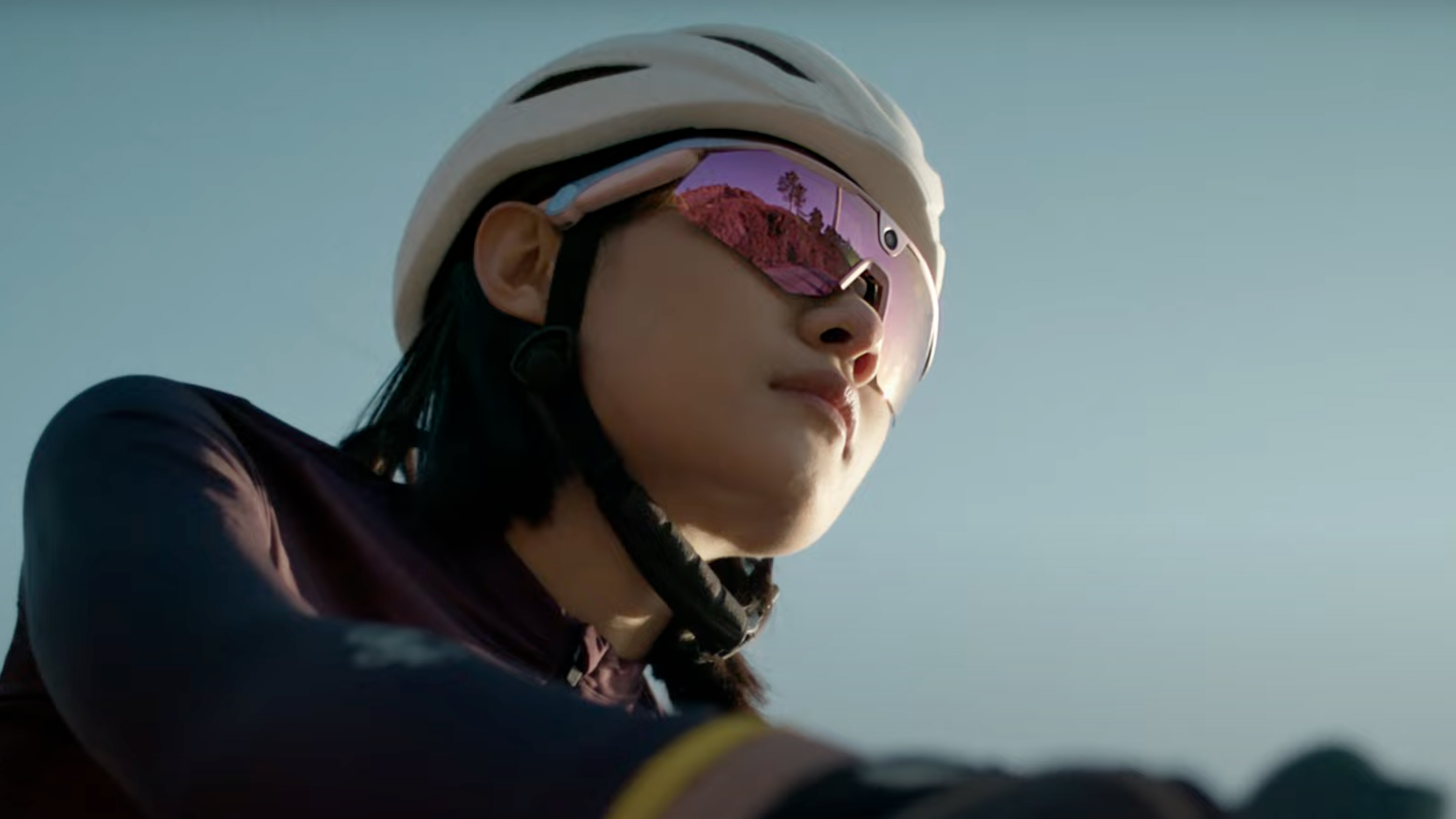I’m planning my 365 photography project now! Here's why I'm not waiting until the New Year and my #1 secret for success
I’m going to capture at least one photo every day throughout 2025, here are my top secrets for a successful 365 project
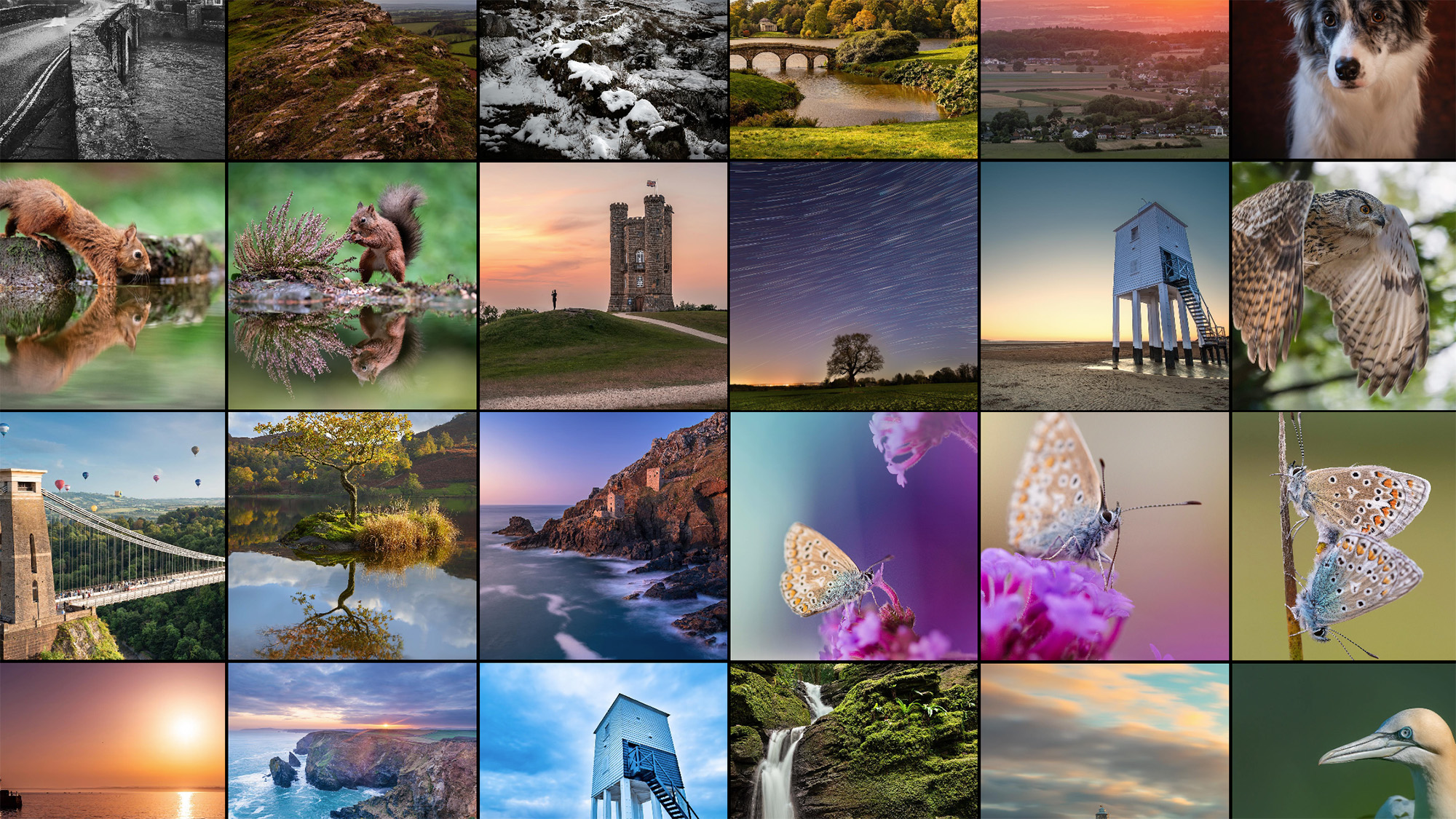
I’m about to embark on quite the photography milestone, a 365 project. That means I’ll capture at least one photo every – single – day throughout 2025. It’s a huge commitment and the key to success is good planning. That’s why I’m planning my 365 photography project right now and not waiting until the New Year.
My one big secret to a successful 365 project is finding a good middle ground. By that I mean aiming to capture photographs that interest and challenge you, but aren’t so complicated that they take up hours of your time. Suffice to say, I won’t be rising at 4am every day to capture sunrise, but I won’t be popping out to take a quick, low-effort ‘snap’ either.
Don't feel limited by your camera kit either. It doesn't matter whether you have the best professional camera, the best film camera or you're using one of the best camera phones, you can capture a 365 project on anything.
The trick is to plan and bank a good number of photo ideas – some requiring more effort than others – so you know exactly what you’re going to shoot each day or can quickly draw on something in a pinch. It’s also worth noting that photographs that are interesting and challenging don’t have to take up lots of your time. If you’ve come home late one evening, rain is pouring outside and you’ve collapsed on the couch, you might decide to capture an abstract image in your living room. This probably won’t take you long, but it will be challenging.
Other days you may find yourself with more time. If you’re on vacation in a National Park, for example, that would be a fine time to capture a landscape at sunrise or sunset.
And finally, don’t get yourself down if you miss a day. You cannot expect an entire year to go perfectly to plan. If you’re unwell or have an emergency to attend to, life comes first. There’s no harm in missing a couple of days, simply make up for lost time by shooting more photos the following day and continue with your 365 project.
With all that in mind, I’ve broken down my 365 project process into the following easy steps. Good luck!
How to start a successful 365 project in 2025...
1. Make a weekly plan
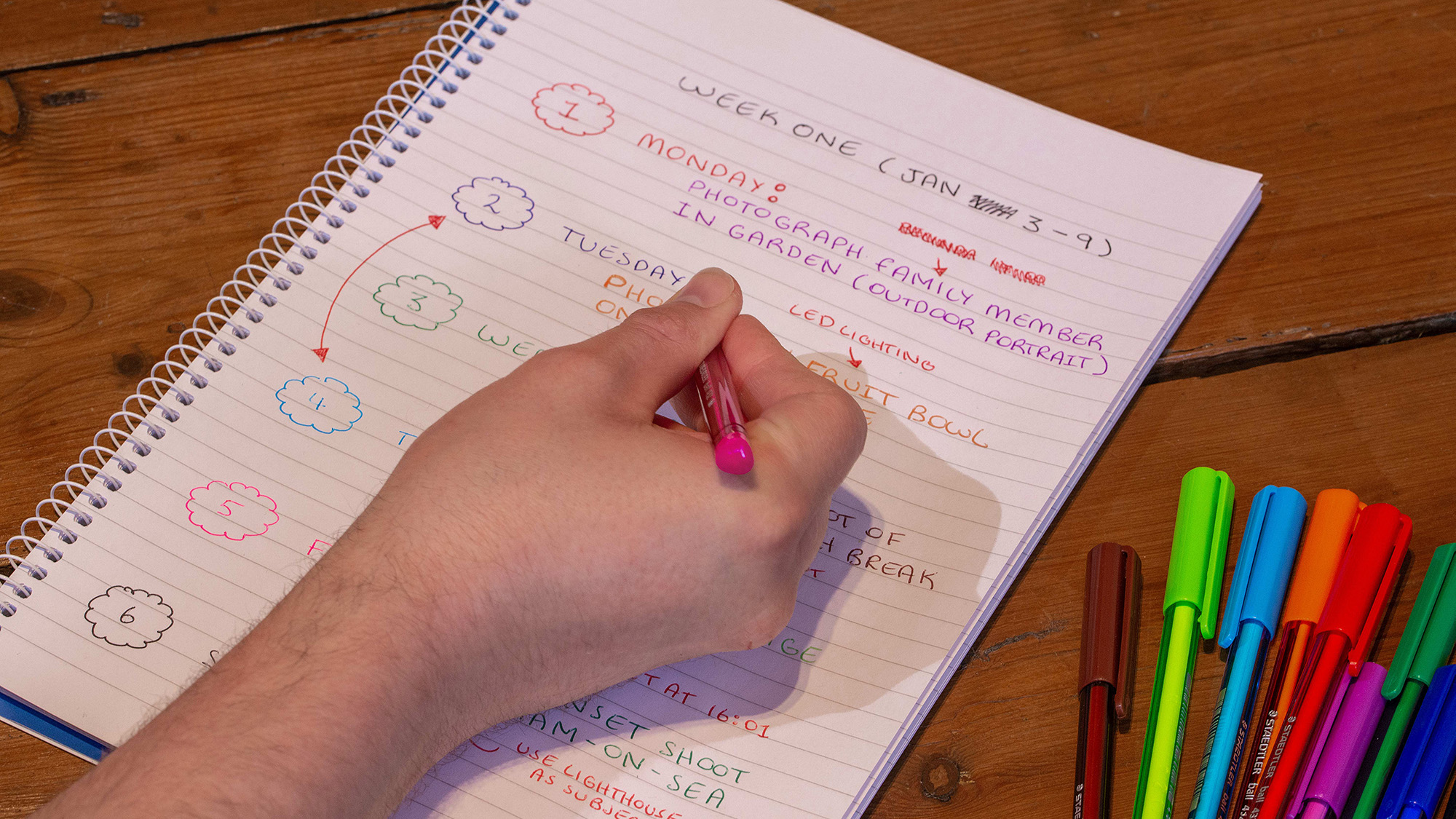
I’ve found that planning is the key to maintaining your 365 project’s momentum. I spend just a few minutes once a week brainstorming the photographs I intend to take. A weekly planning session works well, because you’re likely to have a good idea as to what you’re doing that week. You’ll know, for example, if you have a work trip, are visiting friends, or going on vacation, and you can plan around these commitments accordingly.
It’s also worth coming up with a few additional ‘easier’ ideas that you can quickly fall back on should impromptu plans get in your way. Invited out for work drinks? You know you can capture a pet portrait of your dog when you get home.
2. Try a new genre
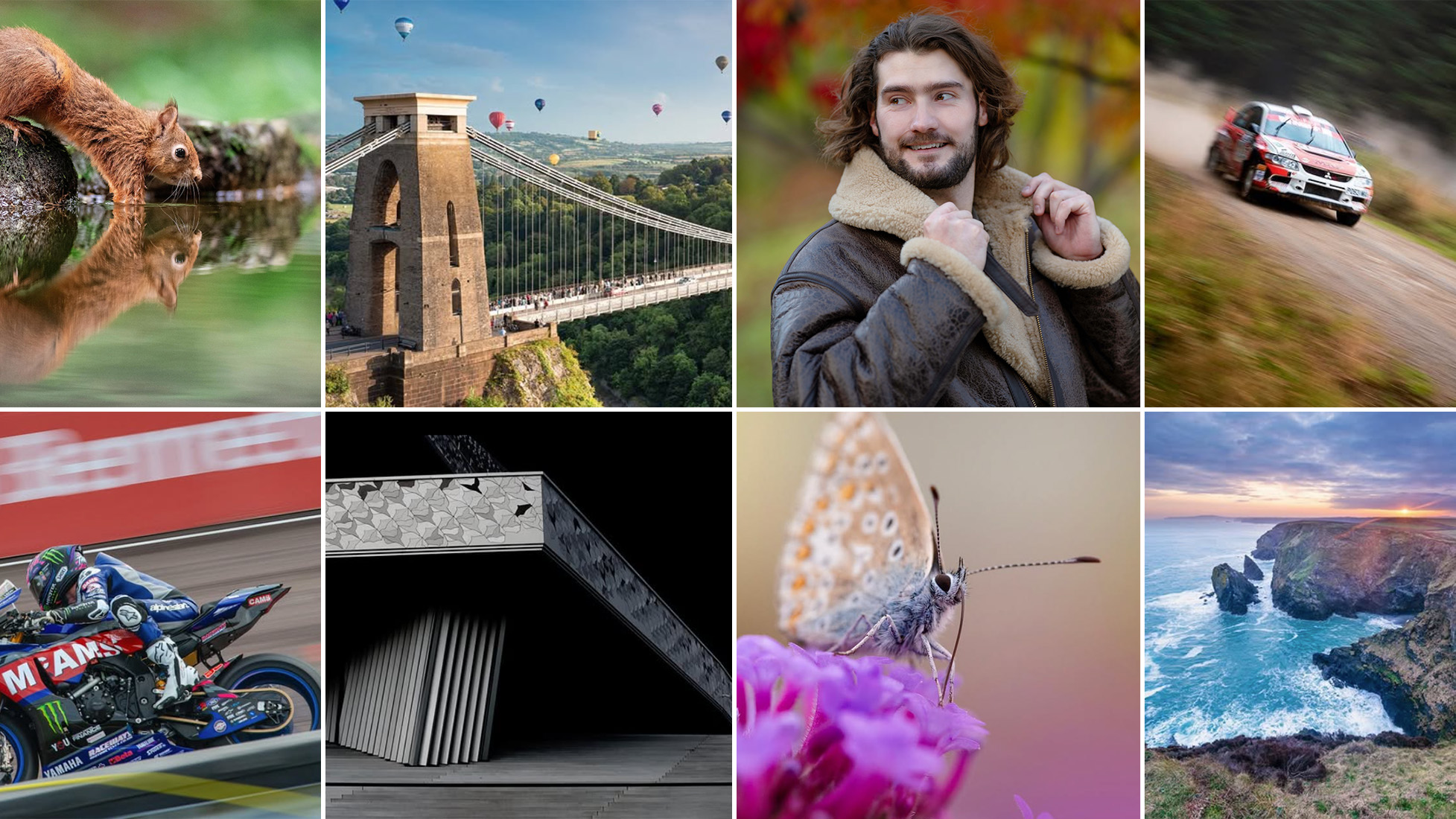
A 365 project is all about developing your photography skills, so it’s a great excuse to head into uncharted waters and try your hand at new genres. I like to make a note of all the genres I intend to try, which I can reference during my weekly planning sessions. Some genres, such as astrophotography, will require more time than others, so I make sure I plan these strategically throughout the year, when I know I have more time.
3. Missed a day? Don't panic!
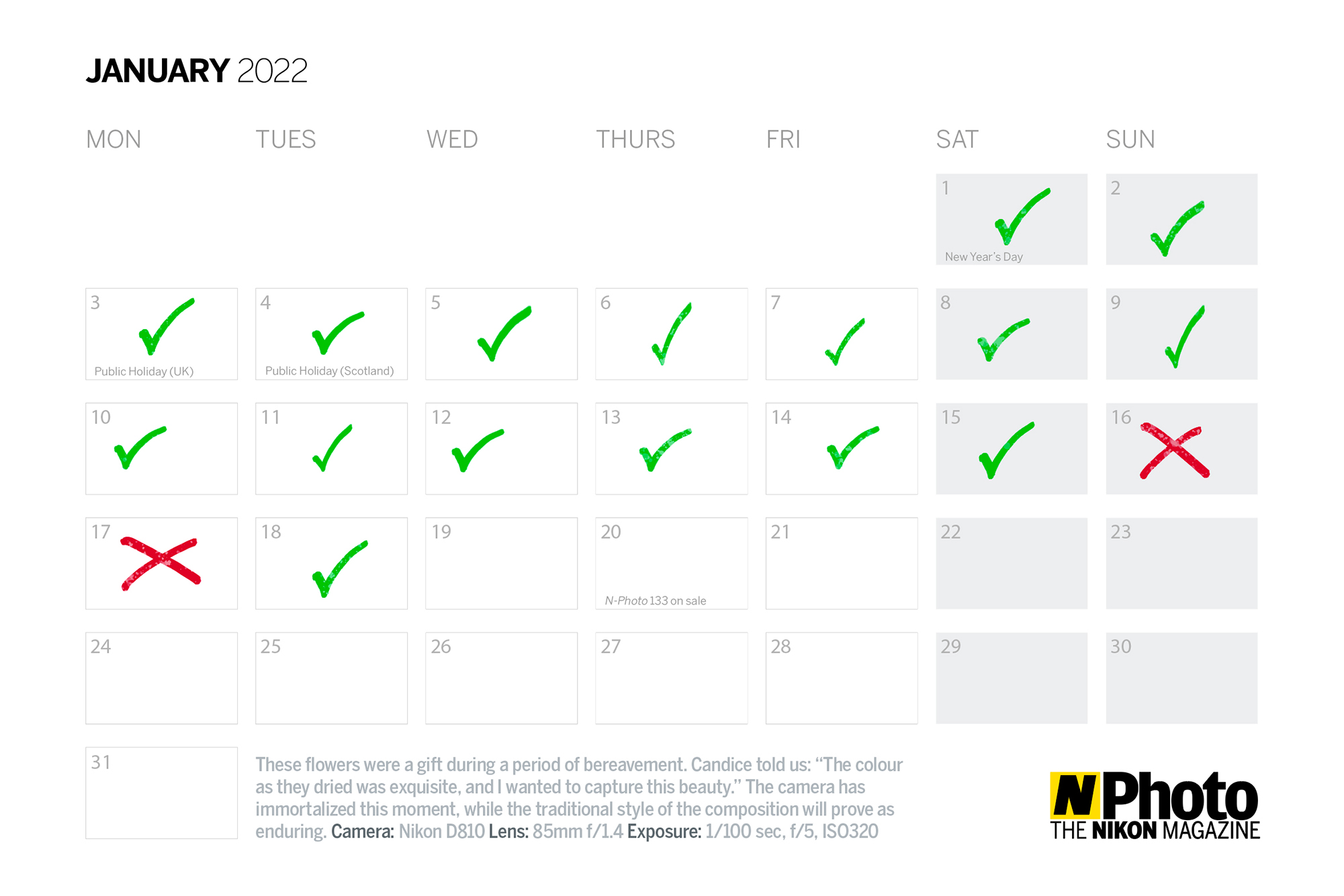
If you get into the habit of missing days for no good reason, your 365 project will quickly unravel. However, a whole year is a big commitment and you’ll be lucky if you’re not forced to miss a day or two here and there, and there’s nothing wrong with that at all. Simply shoot two or three photos the following day to make up for it or accept you’ve missed a day and move on. Photography is a hobby, it should never feel like a chore, but you also want to take your 365 project seriously enough that you only miss a day when you absolutely have to.
4. Keep it simple

You don’t have to capture the Milky Way, stalk a skittish wildlife subject and get up to shoot sunrise all in one week. A 365 project is a marathon not a sprint – there’s no point coming up with a series of grandiose projects if you’re just going to burn out a few weeks in… I like to manage my expectations and ensure that the bulk of the projects are doable. I also love to challenge myself, but only when time allows.
5. Team up
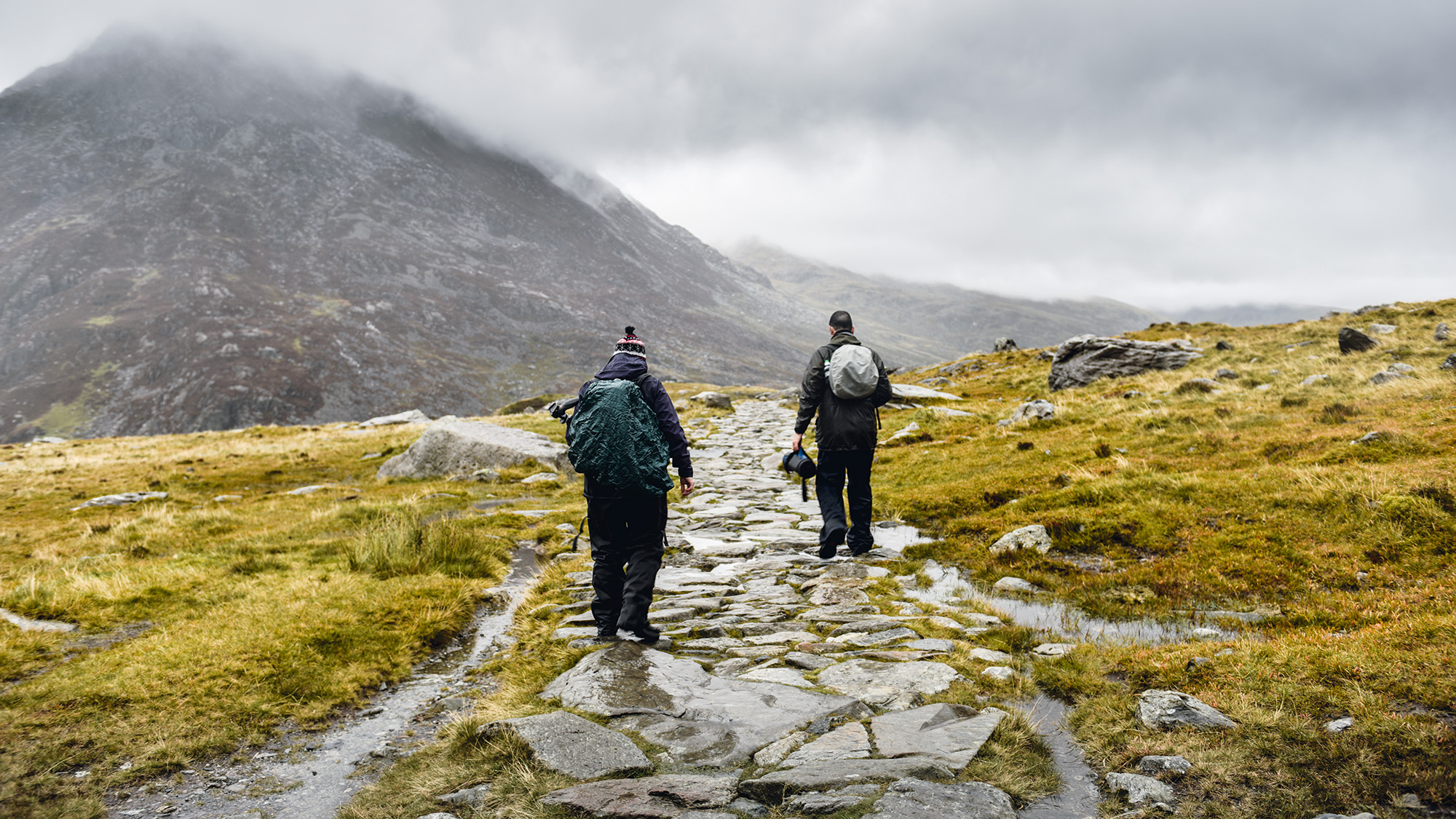
A 365 project can be even more fun if you make it a communal activity. Consider roping in a few camera club friends or joining a social media group where you can share your creations and work alongside like-minded photographers. Not only will a little light-hearted competition make things more interesting, but peer pressure will encourage you to keep going should you get disillusioned.
Friends can also open up bigger and better photo opportunities. For example, nighttime shoots are much more enjoyable with a friend – I never advise shooting at nighttime on your own. Trips that are further afield become much more attractive since you can share driving duties and keep each other company. And, working together can help you keep costs down, if you decide to share gear or the cost of hiring a studio or model.
6. Get inspired

Inspiration is a great way to come up with new ideas for projects and can be found in photo galleries, on Instagram, and – if you have one of the best photo magazine subscriptions – the pages of a photography publication like Digital Camera. Viewing the work of other photographers will inspire you to come up with fresh ideas and help to boost your productivity. I’d also recommend following a few photographers who are doing their own 365 projects.
7. Share your work
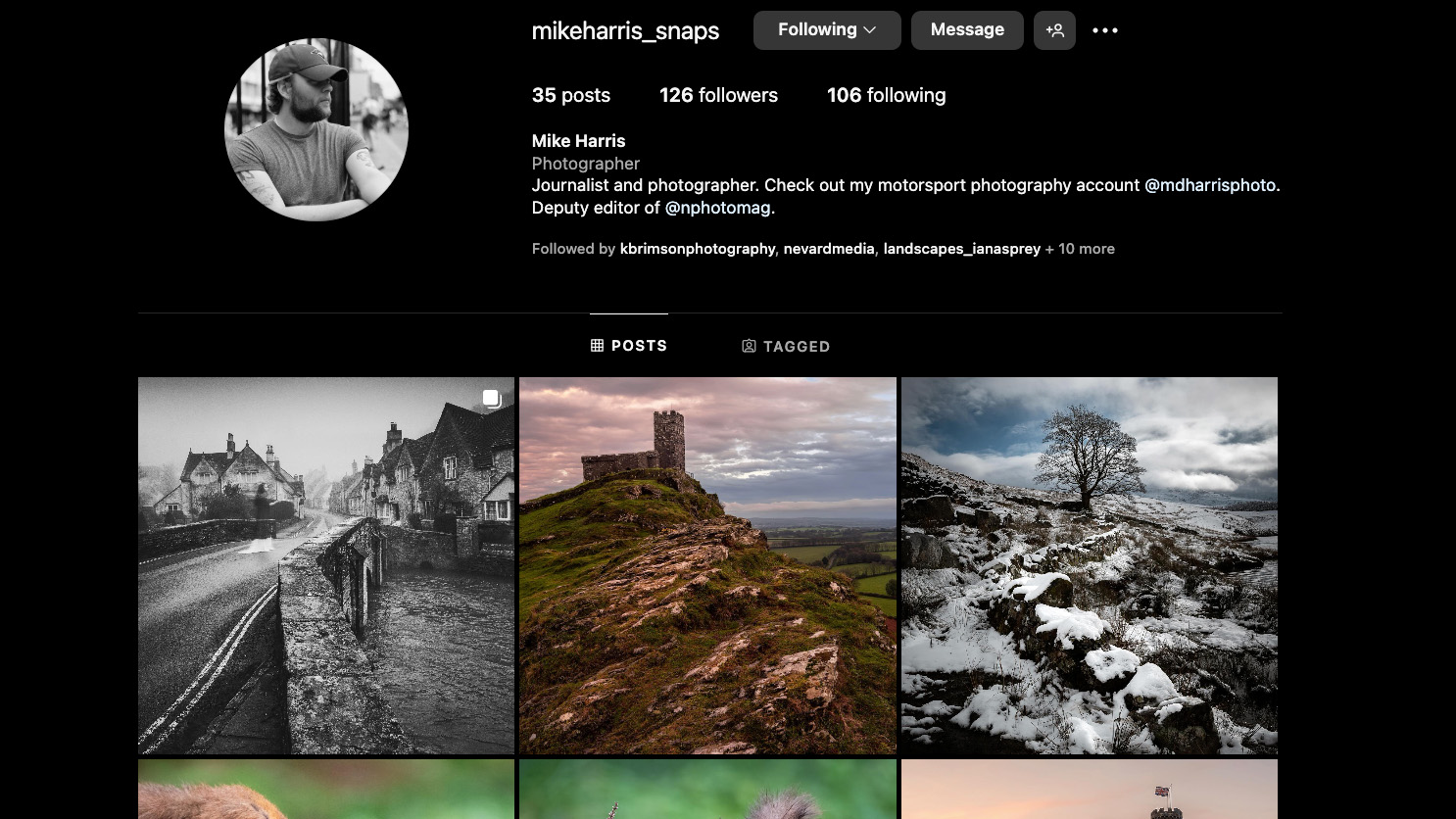
Consider creating a social media page dedicated to your 365 project or uploading the photos to your Instagram feed or via Stories to your existing photography account. This will help build accountability as you update your followers on your progress, while also inviting encouragement via critique. It’ll also provide you with an overview of your progress throughout the year, which you can look back on. I find this a great way to keep motivated.
8. Edit your photos

You don’t have to edit every single photo you capture and you don’t have to spend hours in the editing suite, either. But the best photo editing software comes hand in hand with photography nowadays and a 365 project is also a great way to brush up on your editing skills. And if you’re new to editing and you don’t want to commit to a subscription service or paid software, try out one of the best free photo editing software packages instead.
You may also like...
The more genres you try, the more photography gear you’ll find yourself accumulating. That said, you don't need loads of photography equipment. A few useful basics would be the best tripod for photography, the best camera backpacks, and the best 50mm lens.
Get the Digital Camera World Newsletter
The best camera deals, reviews, product advice, and unmissable photography news, direct to your inbox!

Mike is Digital Camera World's How To Editor. He has over a decade of experience, writing for some of the biggest specialist publications including Digital Camera, Digital Photographer and PhotoPlus: The Canon Magazine. Prior to DCW, Mike was Deputy Editor of N-Photo: The Nikon Magazine and Production Editor at Wex Photo Video, where he sharpened his skills in both the stills and videography spheres. While he's an avid motorsport photographer, his skills extend to every genre of photography – making him one of Digital Camera World's top tutors for techniques on cameras, lenses, tripods, filters and other imaging equipment – as well as sharing his expertise on shooting everything from portraits and landscapes to abstracts and architecture to wildlife and, yes, fast things going around race tracks...
